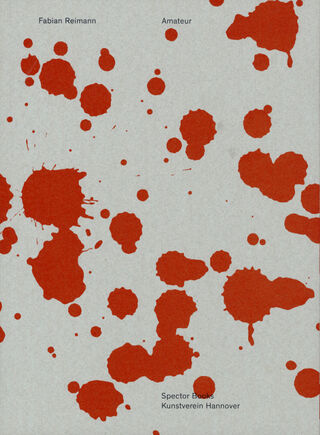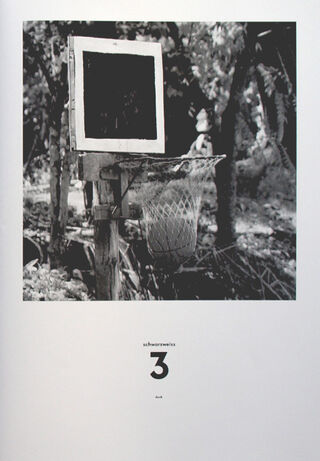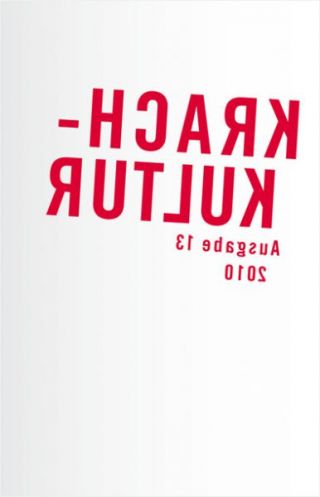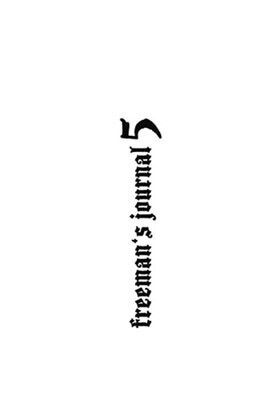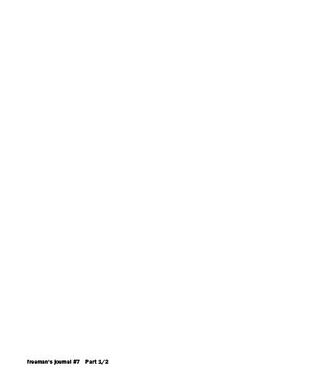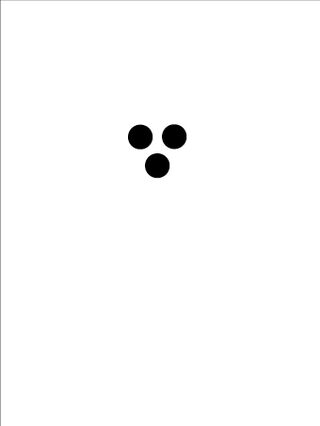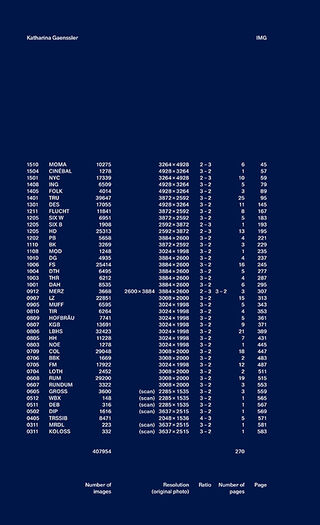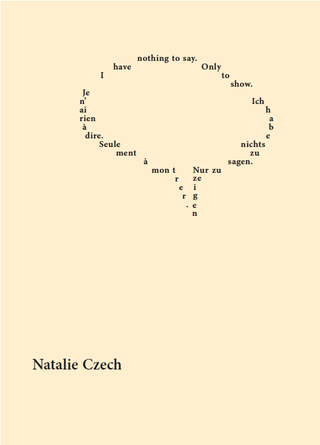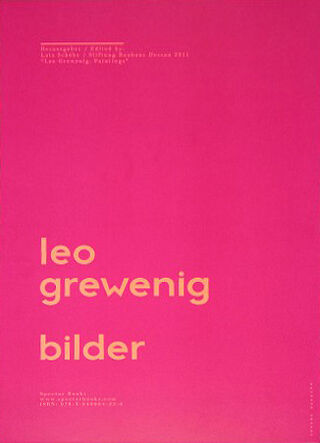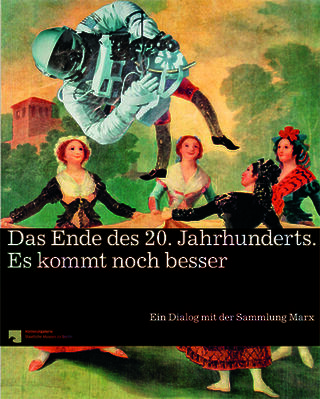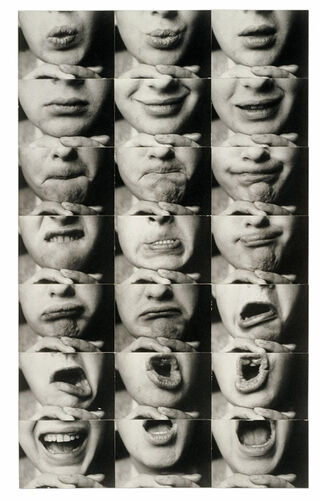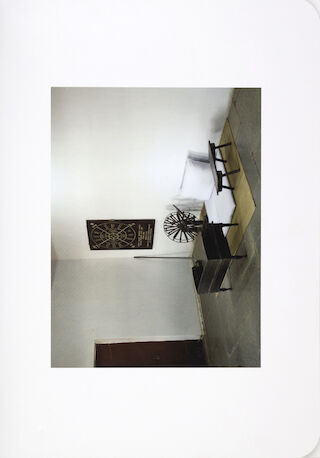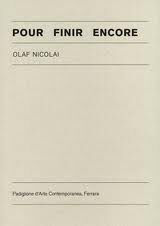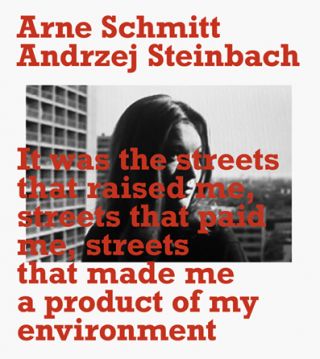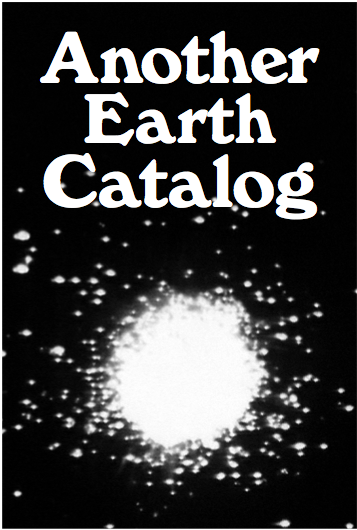
Another Earth Catalog
Rare Bookavailability unknown, if interested please write an email
"Another Earth Catalog" is a picture essay consisting of fictive, real, speculative components about the World of the "Whole Earth Catalog". Fabian Reimann nimmt den erstmals 1968 als umfassendes Verzeichnis für Werkzeuge zur Welt- und
Selbstverbesserung publizierten „Whole Earth Catalog“ als Ausgangspunkt für eine letzte Ausgabe seines seit über zehn Jahren betriebenen, bildessayistischen Egozines „freeman’s journal“. Sein „Another Earth Catalog“ besteht aus einer, nur durch einen persönlichen Text unterbrochenen, Bildfolge: Abbilder der Utopien der späten 1960er Jahre – dabei handelt es sich nicht nur um die im „Whole Earth Catalog“ publizierten, sondern auch um andere visionäre Projekte aus jenen Jahren zwischen Kaltem Krieg und beginnender Postmoderne. Fabian Reimann folgt lose den fünf Kategorien des „Catalogs“ (Understanding Whole Systems, Shelter and Land Use, Industry and Craft, Communications, Community, Nomadics and Learning) und verknüpft die Visionen der späten 1960er Jahre mit aktuellen Bildern, die Entwicklungen aufzeigen, die in den Fantasien jener Jahre ihren Ursprung haben.
Fabian Reimann uses the „Whole Earth Catalog“, first published in 1968 as a concise reference of tools for the improvement of the world and the self, as the starting point for the final issue of his own, visual-essay style Egozine „freeman’s journal“, now in its tenth year. His „Another Earth Catalog“, only interrupted once by a personal essay, consists of a continuous stream of images: reproductions of the Utopian visions of the late 1960s — including not only material published in the„Whole Earth Catalog“, but also of other visionary projects from the Cold War period and the dawn of Postmodernism. Fabian Reimann loosely maintains the five categories of the „Catalog“ (Understanding Whole Systems, Shelter and Land Use, Industry and Craft, Communications, Community, Nomadics and Learning) and connects the visions of the late 1960s with current images that show developments which can be traced back to the fantasies of these earlier times.




